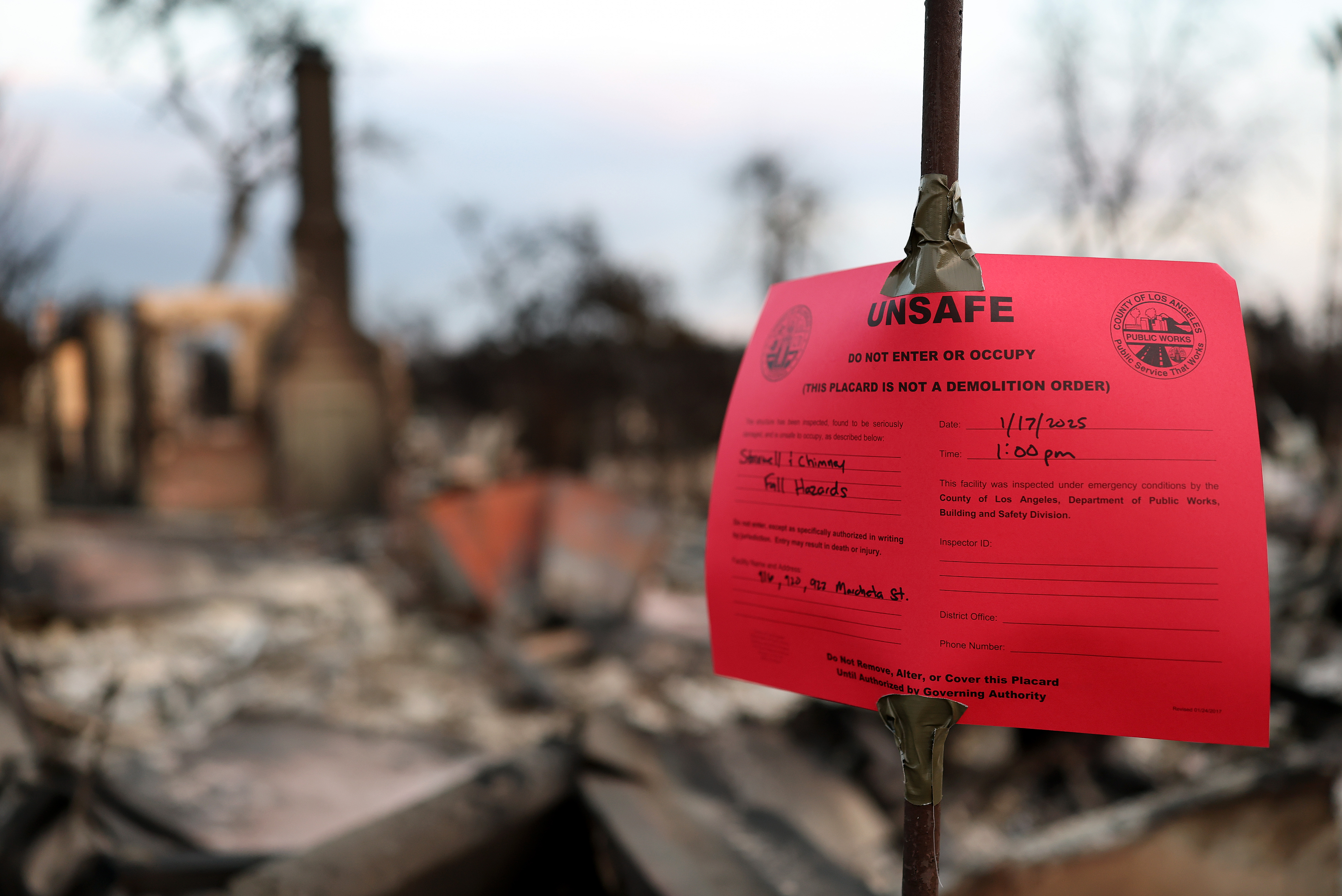Napa Street Elementary School in Northridge was one of the district’s lowest performing schools for many years. At times, students’ scores on standardized tests averaged as little as 400 – half the 800 points that is the state’s benchmark for a successful campus.
By the time Victoria Christie arrived in the fall of 2010, the school had started a slow climb up from that rock bottom score, but it was still considered among the least successful in the district – even compared to other schools in disadvantaged areas. Last year, Christie’s first, the school stood to lose $375,000 in federal funding if it didn’t get test scores up by 51 points.
Christie, 56, and her team of teachers and aides dug in, and by the end of the year the school’s results had soared by 130 points, the highest increase in the district. The rise took the school’s results to 798 points – just two points under that coveted 800 score.
We talked to Victoria Christie about what went right at Napa last year – and about teaching to the test.
Q. Napa had been struggling for many years, although its scores were modestly increasing. What did you do that was different from what everybody else had done?
A. One thing we did was really use the intervention process and keep our eye on the data. We identified student needs and then we came up with a plan. We provided the student with intervention and then we measured to see if the student was responding. If they were responding we kept on with the intervention. If they were not responding we did something different and measured again. … The teachers also used techniques to make the content of what they’re teaching comprehensible to English language learners.
Q. Did you get extra help to provide the intervention?
Local
Get Los Angeles's latest local news on crime, entertainment, weather, schools, cost of living and more. Here's your go-to source for today's LA news.
A. What we did was to stagger the time of our small group work so that our teaching assistants could go into more classrooms. We also trained our teaching assistants before they went into the classrooms. So because the assistants were already trained in the lessons, they were able to come into the room ready to sit down with the group and be successful.
Q. You also involved the students in the testing in a way that many schools do not.
A. I went in and had a copy of every student report. I talked to the students and we set goals. The kids talked about what they planned to achieve. Every kid had their own report and they could see where they scored. I explained which was proficient and which was below proficient, and then they set goals.
We had teachers who had charts up in their rooms with the five levels of the California Standards Test with clothespins. And on one side of the chart the kids had the clothespins of where they scored on the test. And then on the other side, the teachers had figured out a formula to assign a level to the assessments (given throughout the year). It motivated the kids to work so hard.
Q. This really does sound like teaching to the test. How do you know you weren’t just teaching them how to take tests?
A. We’re not teaching to the test. We’re teaching to standards that kids are responsible to know. If you’re not teaching the standards that they’re being held accountable for, then you’re not teaching.
Q. What are you like as a principal?
A. I have a lot of energy and I’m very involved in the school, I’m in the classrooms a lot, I’m on the yard with the kids, I’m at the gate greeting the parents. I go to the grade level meetings.
I really didn’t know what to expect when I came to Napa because of the history of being such a low-performing school. But when I came here I was just amazed at how hard-working and how skilled and talented these folks are. And I kept saying, “I don’t understand why we didn’t do better.”
Q. How did the teachers respond to your ideas?
A. A lot of these were the teachers’ ideas. In every interview I’ve given I’ve really tried to put the spotlight back on them. If they didn’t work so hard, we wouldn’t have succeeded. I get here typically as early as 6:15 a.m., 6:30 a.m., and there’s almost always a teacher here. And no matter how late I stay there are still teachers here working. They just really care about these students. … What I was able to provide them was a structure.
Q. There have been some news stories recently about allegations of cheating on standardized tests. Has anyone raised the question with you about the validity of your scores?
A. Our test scores in Sacramento went through whatever process they go through when they’re looking for cheating. But we can document the things that we’ve done. We did a presentation last week and afterward one of the directors said to me, “You can really document what you did, so there’s no question of the validity of those tests."
Q. You’ve spent your life in education during a very difficult time. Why? What drew you to this career?
A. I had wanted to be a teacher since I was a little girl. I would play school and write lesson plans. I always knew what I wanted to do, although I didn’t have a realistic idea of what it was. I was a classroom teacher for 18 years. Then I was an assistant principal. This is my eighth year of being a principal.
Q. What’s next for you and Napa?
A. I have never worked so hard in my life and neither have the teachers. Now our challenge is to hang on – to go on two more points. Because if we meet our goal next year, will no longer be a “program improvement school.” That will be quite a celebration.
Follow NBCLA for the latest LA news, events and entertainment: Twitter: @NBCLA // Facebook: NBCLA



